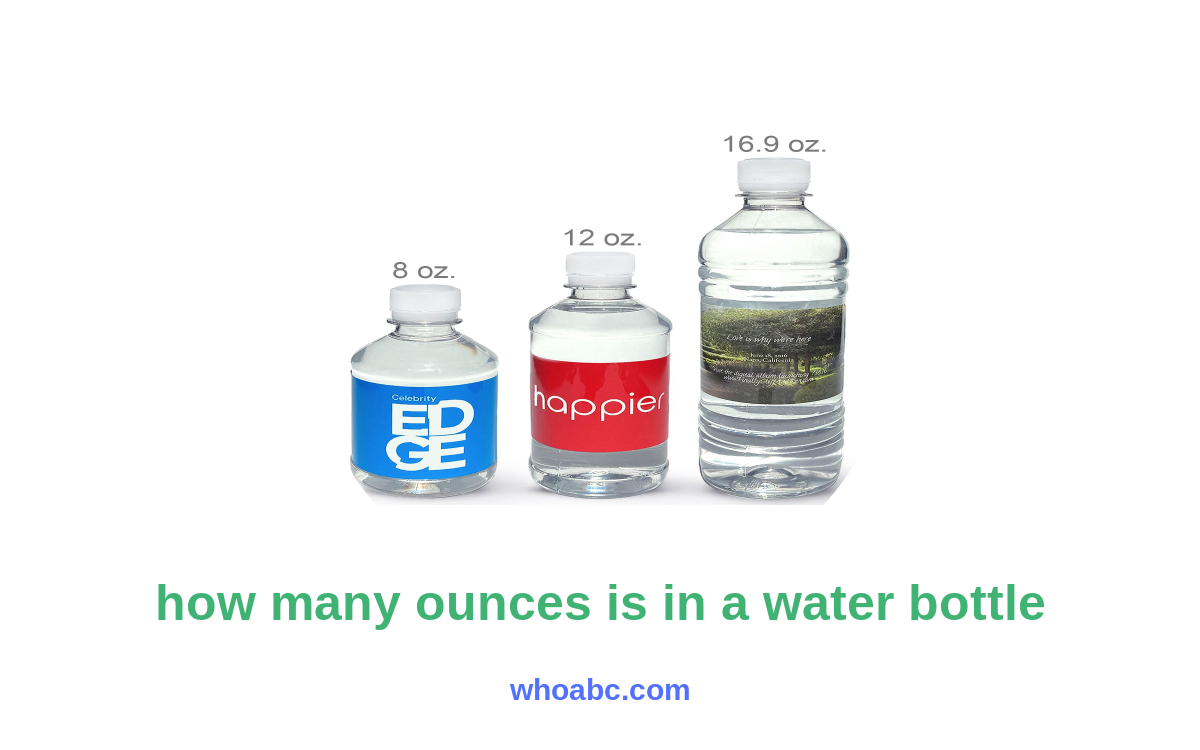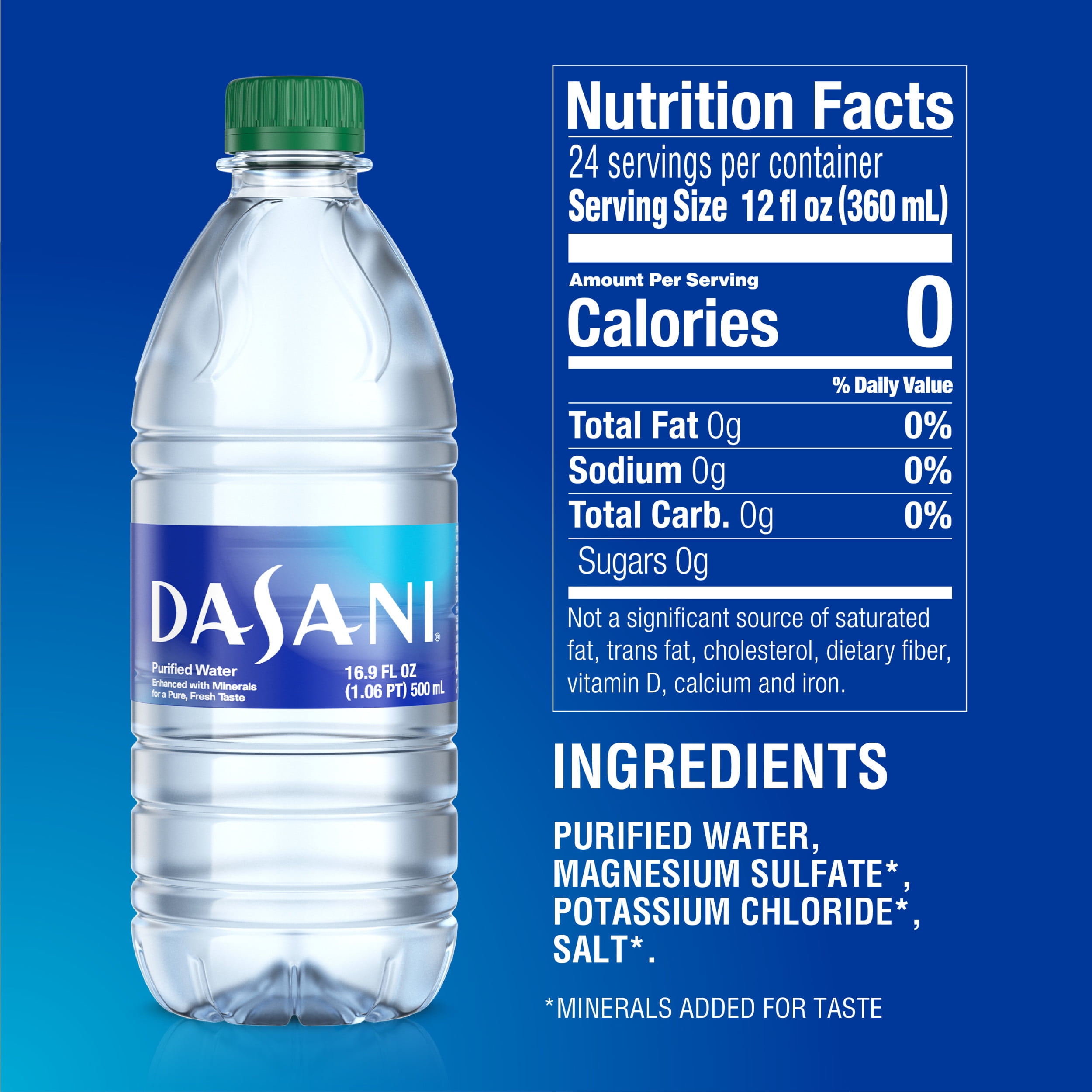Water Bottle Size Guide: Discover the Ideal Ounces for Hydration
This page for Water Bottle Size Guide: Discover the Ideal Ounces for Hydration.

Exploring the Different Water Bottle Sizes and their Benefits for Hydration
When it comes to staying hydrated, choosing the right water bottle size is essential. The market offers a wide range of options, each with its own benefits for hydration. Let's explore some of the most common water bottle sizes and how they can contribute to your overall well-being.
1.1. 12-ounce Water Bottles
With a capacity of 12 ounces, these compact water bottles are perfect for short trips or quick hydration needs. They are lightweight and easy to carry, making them ideal for children or individuals who prefer smaller bottles. Consider using 12-ounce water bottles for workouts or when you're on the go.
1.2. 16-ounce Water Bottles
The 16-ounce water bottles strike a balance between portability and capacity. They are a popular choice for daily hydration, fitting comfortably in most cup holders. Whether you're at the office, school, or running errands, a 16-ounce bottle ensures you have an adequate supply of water throughout the day.
1.3. 32-ounce Water Bottles
If you're looking for a water bottle that holds a substantial amount of water, a 32-ounce bottle might be a great option. These larger bottles are perfect for longer outings, outdoor activities, or intense workouts. They provide enough hydration to last a few hours, reducing the need for frequent refills.
1.4. 64-ounce Water Bottles and Beyond
For those engaged in extreme physical activities or spending extended periods outdoors, larger water bottle sizes like 64 ounces or even gallon-sized bottles become crucial. These bottles ensure you have enough water to stay hydrated throughout the day, minimizing the risk of dehydration in demanding situations.
How to Choose the Perfect Water Bottle Size to Meet your Hydration Needs
Choosing the right water bottle size involves considering several factors. Here are some guidelines to help you select the perfect size to meet your hydration needs:
2.1. Daily Water Intake
Calculate your daily water intake by considering factors such as your weight, activity level, and climate. This estimation will give you an idea of how much water you should aim to consume in a day.
2.2. Portability
Think about how and where you'll be using your water bottle the most. If you're constantly on the move, a smaller, more portable size might be more convenient. If you're mostly stationary, a larger bottle could be a better choice.
2.3. Specific Purpose
Consider the specific activities or situations you'll be using the water bottle for. For shorter workouts or hikes, a smaller bottle might suffice. However, if you're planning a long day hike or engaging in intense physical activities, a larger bottle is advisable.
2.4. Personal Preference
Don't forget to listen to your body and personal preferences. If a certain bottle size feels comfortable and encourages you to drink more water, then it's the right size for you. Remember, staying hydrated is a personal journey, and finding what works best for you is key.
Unraveling the Mystery: Understanding the Standard Ounces in Water Bottles
Water bottles often come in standard ounce sizes, which can sometimes lead to confusion. Let's break down the most commonly found standard ounce sizes and their equivalents:
3.1. 8 ounces
Equivalent to approximately 236.6 milliliters, an 8-ounce water bottle is often considered the standard serving size for beverages. It is commonly used for portioning and can be a helpful reference when tracking your water intake.
3.2. 16 ounces
Equal to about 473.2 milliliters, a 16-ounce water bottle is a popular choice due to its convenient size. It provides a substantial amount of water to keep you hydrated without being too bulky or heavy.
3.3. 32 ounces
Approximately 946.4 milliliters, a 32-ounce water bottle is a larger size option for those who require more hydration throughout the day. It offers double the capacity of a standard 16-ounce bottle, making it suitable for longer periods without access to refills.
3.4. Fluid Ounces vs. Fluid Milliliters
It's important to note that when discussing water bottle sizes, fluid ounces (oz) and fluid milliliters (ml) are often used interchangeably. Always check the label or manufacturer's specifications to ensure the accurate volume of a water bottle.
Customization and Personalization: Meeting Your Hydration Goals with the Right Water Bottle Size
While standard water bottle sizes are readily available, customization and personalization options allow you to find the perfect fit for your hydration goals. Consider the following factors when customizing your water bottle size:
4.1. Activity-Specific Bottles
Some activities may require specialized water bottles. For example, if you're a cyclist, a water bottle that can be attached to your bicycle frame might be more suitable. Determine the specific needs of your preferred activity to find a water bottle that complements it perfectly.
4.2. Insulation and Temperature Control
If you prefer your drinks cold or hot for an extended period, choosing an insulated water bottle can help maintain the desired temperature. These bottles come in various sizes, catering to both hot and cold beverage enthusiasts.
4.3. Accessory Compatibility
Consider the compatibility of your water bottle with accessories such as straw lids, carry loops, or water filters. Some bottles are designed with specific attachments in mind, allowing you to customize your hydration experience to suit your preferences.
Staying Hydrated On-the-Go: How to Determine the Ideal Ounces for Your Portable Water Bottle
When it comes to portable water bottles, finding the ideal ounces depends on various factors. Here are a few steps to help you determine the right size for your on-the-go hydration:
5.1. Duration of Outings
Determine the typical duration of your outings or trips. If you're often out for short periods, a smaller bottle may suffice. For longer outings, consider a larger bottle or carrying additional water in a separate container.
5.2. Water Accessibility
Consider the availability of water sources during your outings. If you'll have access to water refill stations, a smaller bottle may be suitable. However, in situations where water sources are limited, a larger bottle can provide peace of mind.
5.3. Weather Conditions
Take into account the weather conditions you'll be facing during your outdoor activities. Hotter climates or intense physical exertion may require increased hydration, meaning a larger water bottle could be necessary.
5.4. Backpack or Bag Capacity
If you plan to carry your water bottle in a backpack or bag, consider the available space. Ensure the bottle fits comfortably without causing any inconvenience or discomfort.
Remember, choosing the right water bottle size is a personal decision that depends on various factors unique to each individual. By considering your daily hydration needs, activities, and personal preferences, you can select the ideal ounces for your water bottle, ensuring you stay hydrated and refreshed throughout the day.

Video about how many ounces is in a water bottle
Some question and answer of how many ounces is in a water bottle
Question 1:
How many ounces are typically found in a standard-sized water bottle?
Answer 1:
A standard-sized water bottle typically contains 16 ounces.
Question 2:
What is the usual capacity of small handheld water bottles?
Answer 2:
Small handheld water bottles usually have a capacity of 8 ounces.
Question 3:
How many ounces are commonly found in large water bottles?
Answer 3:
Large water bottles often contain 32 ounces.
Question 4:
What is the capacity of jumbo-sized water bottles?
Answer 4:
Jumbo-sized water bottles can hold up to 64 ounces of water.
Question 5:
How many ounces are typically in reusable water bottles?
Answer 5:
Reusable water bottles usually have a capacity of 24 ounces.
Conclusion
In conclusion, this Water Bottle Size Guide has uncovered the ideal ounces for hydration, enabling you to make informed choices when it comes to your daily water intake. By understanding the different sizes available and their corresponding benefits, you can now optimize your hydration routine to match your lifestyle and goals. Whether it’s a compact 12-ounce bottle for your morning jog or a large 32-ounce bottle for all-day hydration, remember that staying hydrated is key to maintaining overall health and well-being. So go ahead, choose the perfect water bottle size that works for you, and drink up! Your body will thank you for it. Stay refreshed, stay healthy!Thank you so much for reading Water Bottle Size Guide: Discover the Ideal Ounces for Hydration article. Please let us know how you feel after reading this article.
Please comment in accordance with the policy - otherwise your comments will not be accepted.
comment url